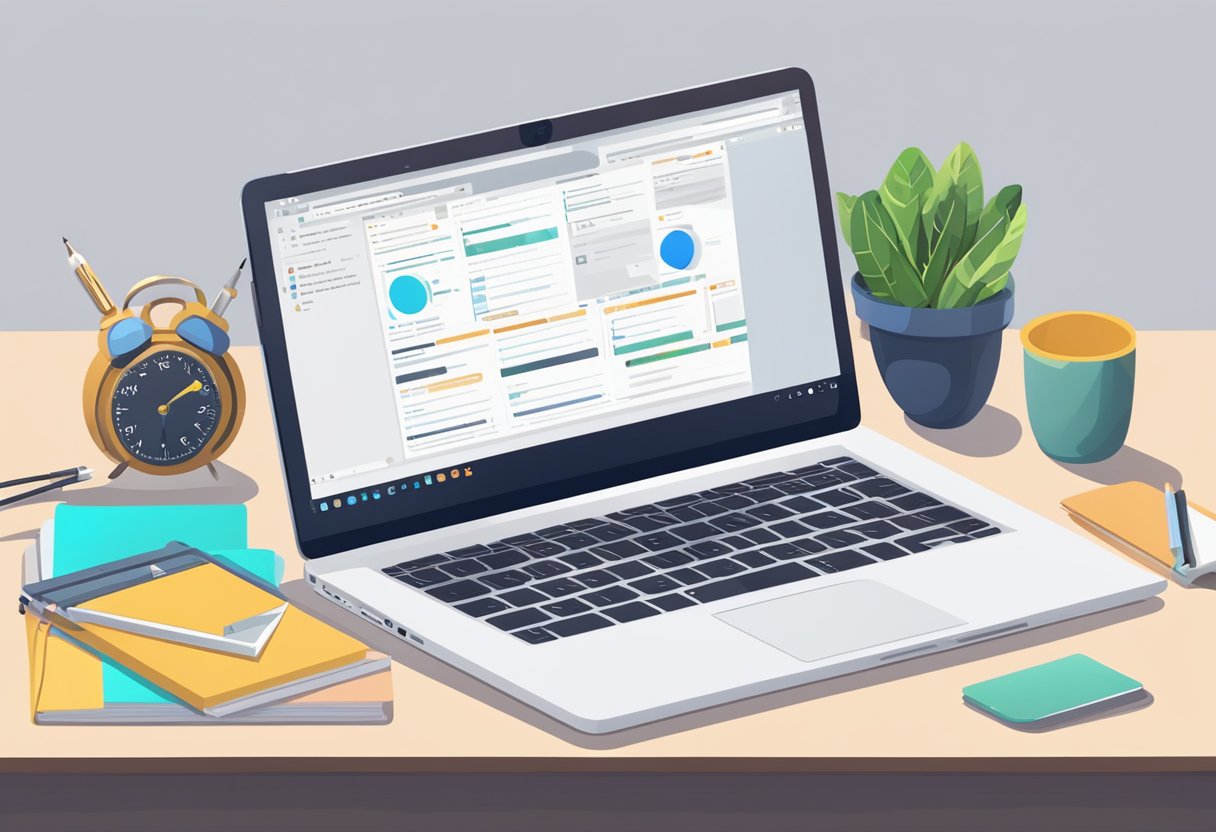React Native is a popular framework for building cross-platform mobile applications. However, for beginners, the installation process can be a daunting task. This article aims to simplify the React Native installation process by providing a step-by-step guide that even beginners can follow.

The guide will cover the installation process for both Windows and Mac operating systems, and will include all the necessary software and tools needed to get started with React Native. By following the steps outlined in this guide, beginners can quickly and easily set up their development environment and start building their first React Native app.
Whether you’re a seasoned developer looking to learn a new framework or a beginner just starting out in mobile app development, this guide will provide you with all the information you need to get started with React Native. So, let’s dive in and make React Native installation easy!
Índice De Conteúdo
Preparing for Installation

Before installing React Native, it is essential to prepare the development environment. This section will cover the system requirements and setting up the development environment.
System Requirements
React Native supports both Windows and macOS operating systems. However, the system requirements for each platform are different.
For macOS, the minimum required version is macOS 10.13 High Sierra or newer. The recommended version is macOS 11.0 Big Sur or newer. It is also necessary to have Xcode installed, which can be downloaded from the App Store.
For Windows, the minimum required version is Windows 10. The recommended version is Windows 11. It is also necessary to have Android Studio and the Android SDK installed.
Setting Up the Development Environment
Once the system requirements are met, the next step is to set up the development environment. The following tools are required for React Native development:
- Node.js
- npm (Node Package Manager)
- Watchman (for macOS only)
- Java Development Kit (JDK)
- Android Studio
Node.js and npm can be downloaded from the official website. Watchman is only required for macOS and can be installed using Homebrew.
The Java Development Kit (JDK) is required to build and run the Android app. The latest version of JDK can be downloaded from the official website.
Android Studio is used to manage the Android SDK and to create, build, and run the Android app. It can be downloaded from the official website.
In summary, before installing React Native, it is essential to ensure that the system requirements are met and the development environment is set up correctly. This will ensure a smooth installation process and a hassle-free development experience.
Installing React Native
React Native is a popular framework for building mobile apps using JavaScript and React. In order to get started with React Native, you will need to install it on your computer. This section will guide you through the process of installing React Native on your machine.
Using npm or Yarn
The easiest way to install React Native is by using either npm or Yarn. These are package managers that allow you to easily install and manage packages and dependencies for your projects.
To install React Native using npm, open your terminal and run the following command:
npm install -g react-native-cli
If you prefer to use Yarn, run the following command instead:
yarn global add react-native-cli
Initializing a New React Native Project
Once you have installed React Native, you can create a new project by running the following command in your terminal:
react-native init MyProject
This will create a new React Native project in a directory called MyProject. You can replace “MyProject” with the name of your choice.
Running Your First App
To run your first React Native app, navigate to the directory of your project and run the following command:
react-native run-ios
This will launch your app in the iOS Simulator. If you prefer to run your app on an Android emulator, run the following command instead:
react-native run-android
Congratulations! You have successfully installed React Native and created your first app.


2 comentários em “React Native Installation Made Easy: A Beginner’s Guide”